Presentation 5 Kiniodeon V3_red
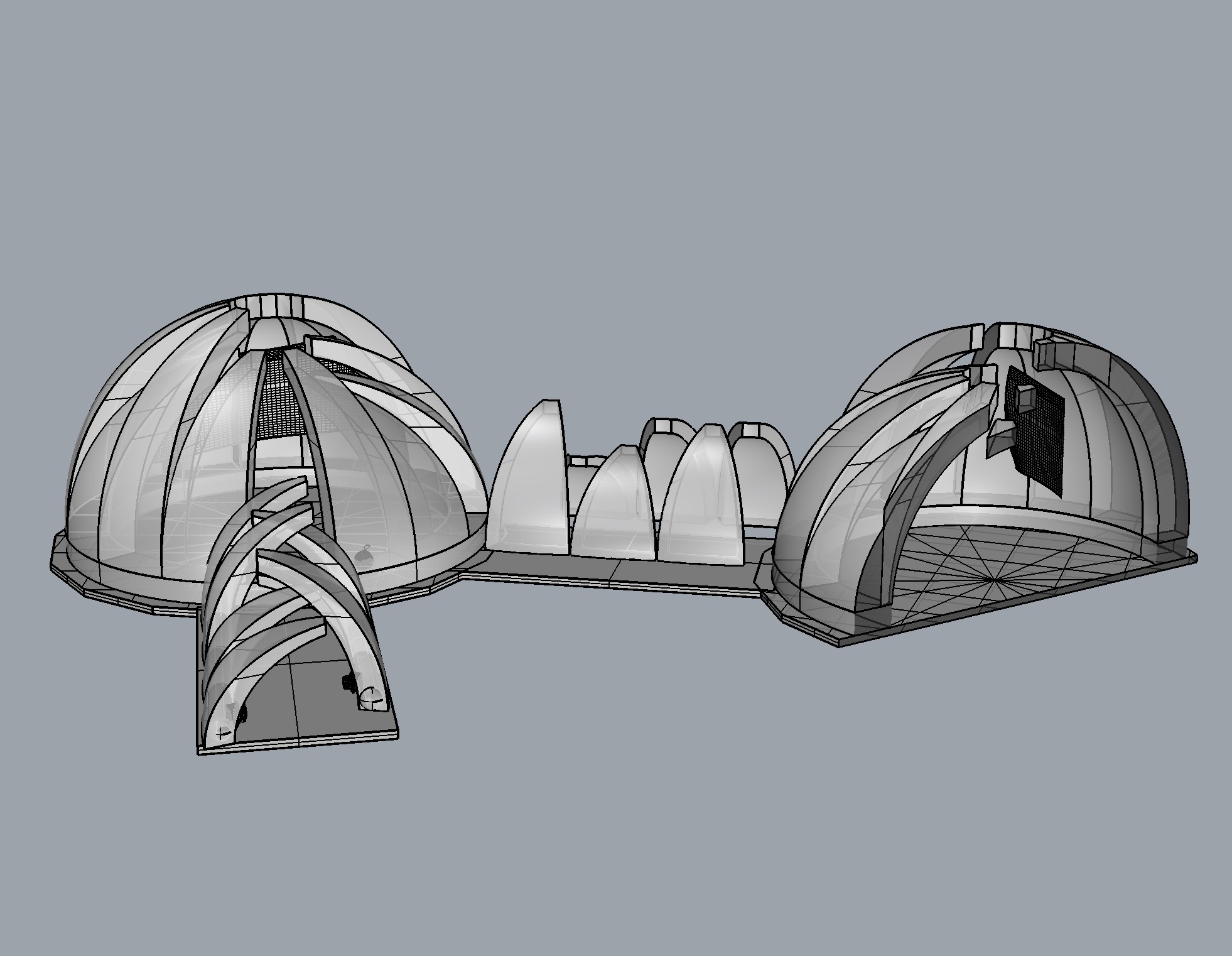
References: Lotus temple, Sydney Opera House
Comments from Peer
My references:
Ron Resch‘s geometric tessellated origami folding, folded structures which offer more possibilities than Buckminister Fuller’s Geodesic Domes. They are easy to set up, offer many shape possibilities, and they are visually stimulating with planes and patterns. (BMF’s domes can be constructed in very limited ways – with tensile supports and fabric, and full inflation with air blowers.)
Few things I would like to address with this post:
ONE. Big Picture
Narration from a first person POV:
I approach a space where I can hear excitement coming from, to only see part of the excitement going on as flashes of light and sound emitted from a small entrance to an interestingly-shaped enclosed structure.
Entering the doorway, a score board lies in my line of sight, displaying usernames and “_ _ _ kcal”, and I do not comprehend what that means until later.
At the entrance, floor projections leading into the activity area listed the instructions to interact with the space inside. – Download an application, enter your name and personal information.
The space is covered in patterns, projected from overhead. They look dynamic, in sync with the energy levels in the room. The projections also blanketed the interesting, enticing and tactile structures in the room that looks inviting for me to take a seat, a spot where I can observe what is going on. As I take a seat, the light senses my presence and brightens with my presence, then dulls down to darkness in my spot while I sit for another 10 minutes. It is like the party quietened in the spot that I sit on.
Suddenly, the projection recedes, as if they are leaving through a focal point in the wall. At the same focal point, a regular rectangular screen appears, and a loud voice booms through the speaker “Batman Telltale”, together with the tacky background music. Instruction appears on a corner of the screen – for its audience to tilt left, right, hop and stoop in order to move on to the next screen, go back, change program, or select another program, or make decisions in the storyline – during the lead in. A box appears on the top right hand corner – stating the decision of the majority of the people in the place.
-> Using movements to direct what you want to see or what’s happening.
Intuitive ways of using movements to direct:
Tilt right/step right -> Proceed
Tilt left/step left -> Back
Hop (Upward motion) -> Next program
Dip (Downward motion) -> Previous program
2 commands: IF-THEN-ELSE-THEN-IF (2 options)
(The story starts.) When the group of people tilts, the space acknowledges action with light and colours. When the majority tilts right, a wave of light hits from the left to the right of the whole projected space.
DURING LONG HOURS OF INACTIVITY. The sensors senses it, and the space becomes an exploration game. In the dull dark room appears a curious ray of light, inviting people to step in it. When the person does, the light hops and hops and hops to furniture in the room, hops on the furniture, and invites the user to climb on. Once that is done and more activity can be sensed, the room brightens up as if it feels the energy of the people in the space, and programs continue to be played to entertain its guests.
Apart from storylines, include:
• Mixed media, for reference, Snapchat Stories.
• Reality TV related to sports and gameshows for eg. running men, the best/funniest moments of reality tv (just an idea, it can be like a mixed media channel by Netflix, each program taking minimally 90 seconds )
LEAVING THE ROOM -> The phone sensors tabulates the total amount of energy consumed by the person (in kcal) and it is displayed in your personal app.
TWO. Analysing the Spatial aspect of other experience designs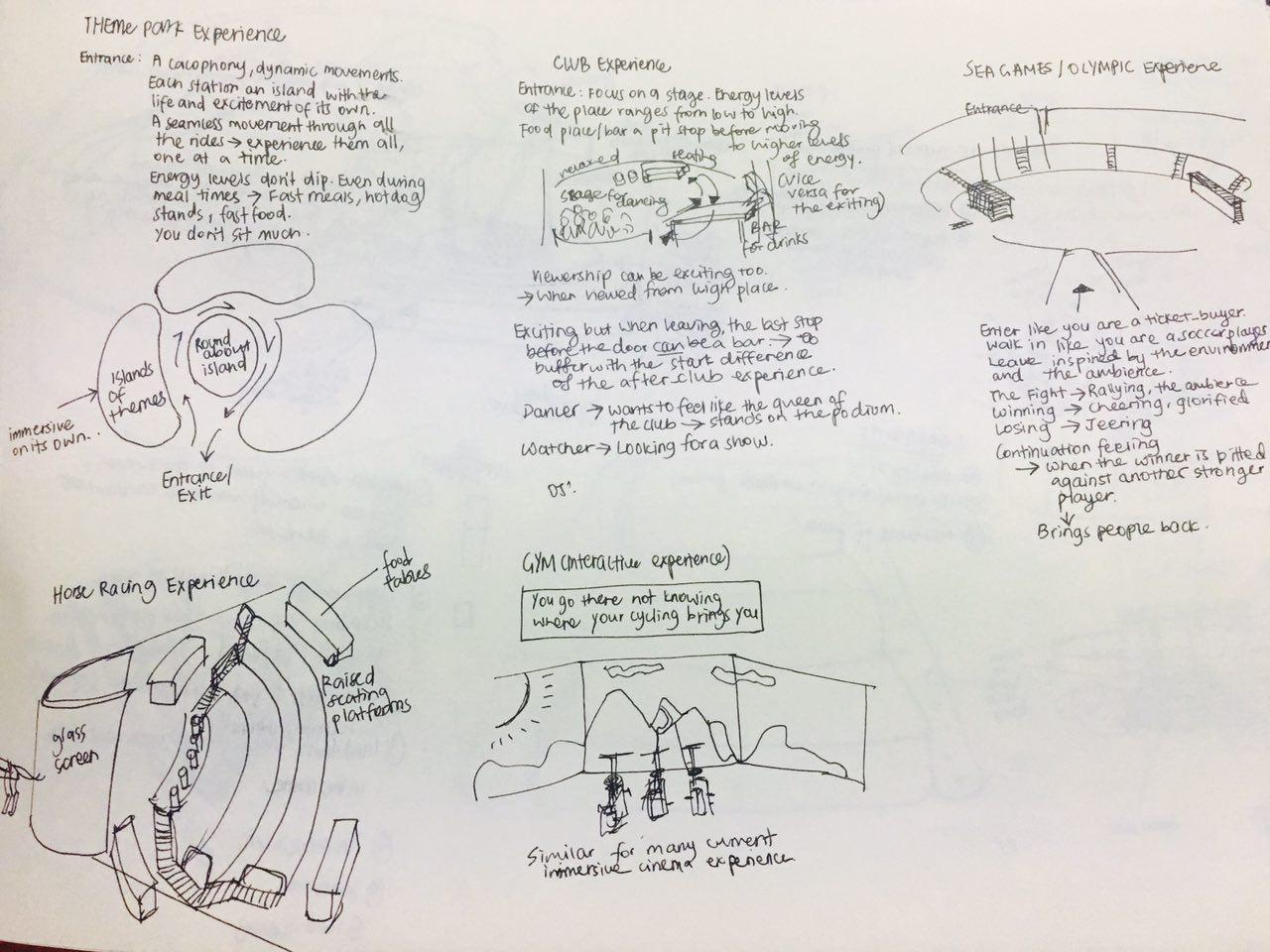
From left to right, first row -> Theme Parks, Clubs, and SEA Games
From left to right, second row -> Horse Racing, Interactive gyms
The desired effects lie very close to the experience of a club – > Different levels of energy from high to low. A transition point being the counter/bar to energise/lose some steam. The full picture completed by disco lights and the music. The life of the party (DJ booth), and the dance stage being the center of attention, where the party gravitates to, like a focal point.
THREE. Sketches, Form of Equipment and Rationale.
Form of equipments: Taking inspiration from mobius strips (See previous post for older sketches) to create different equipments for creative play.
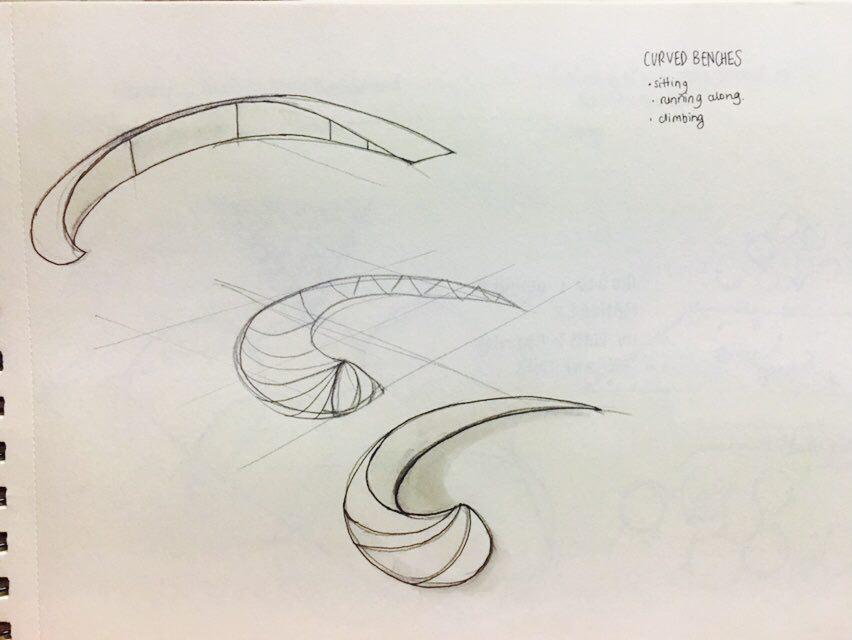
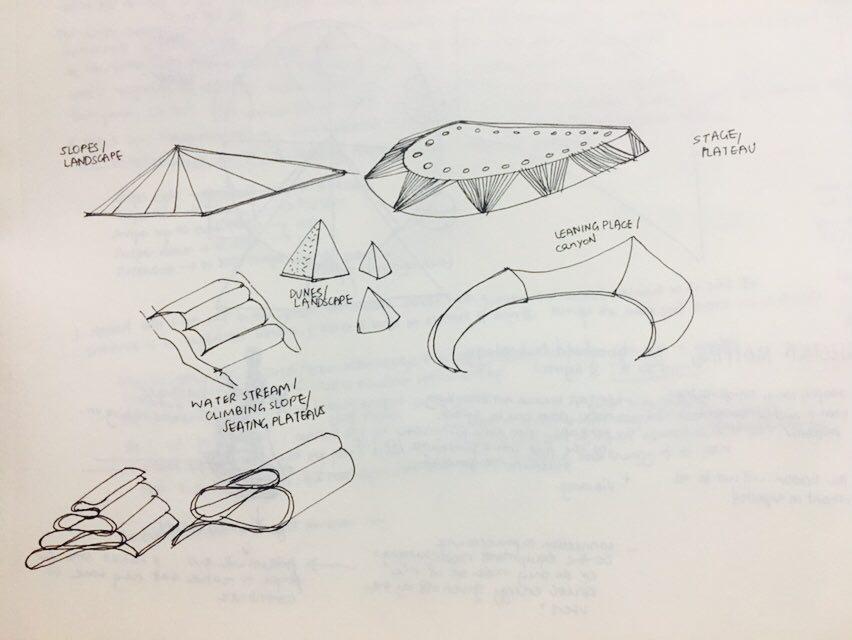
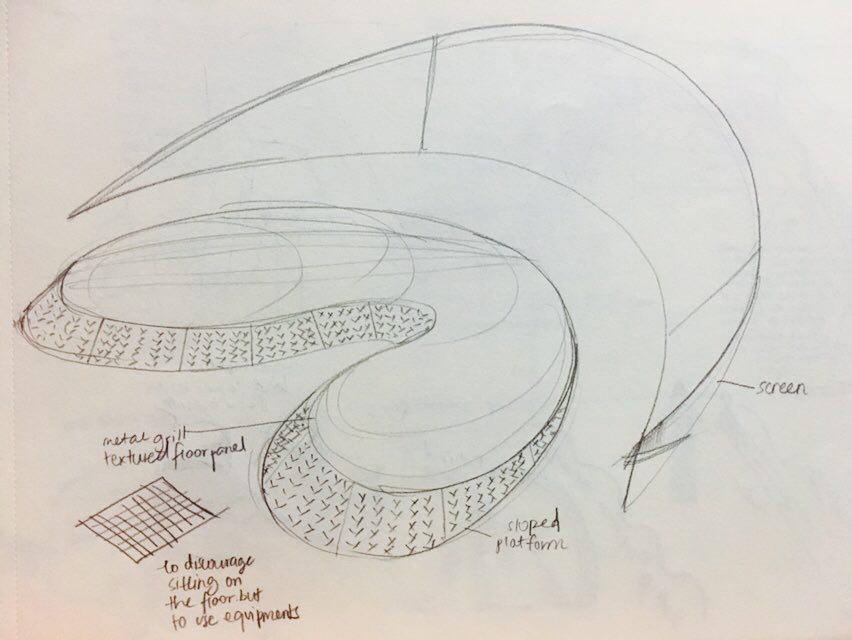
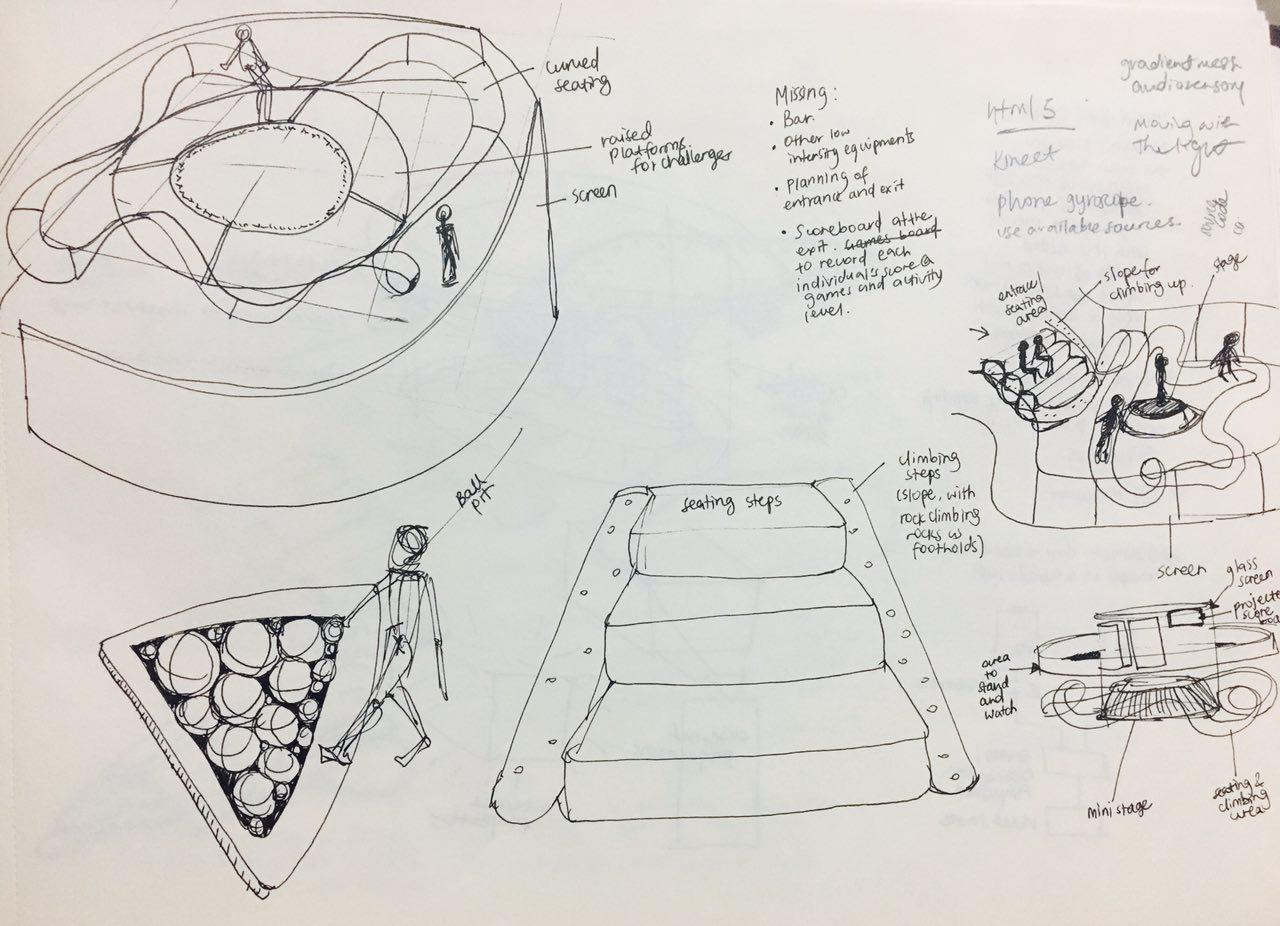
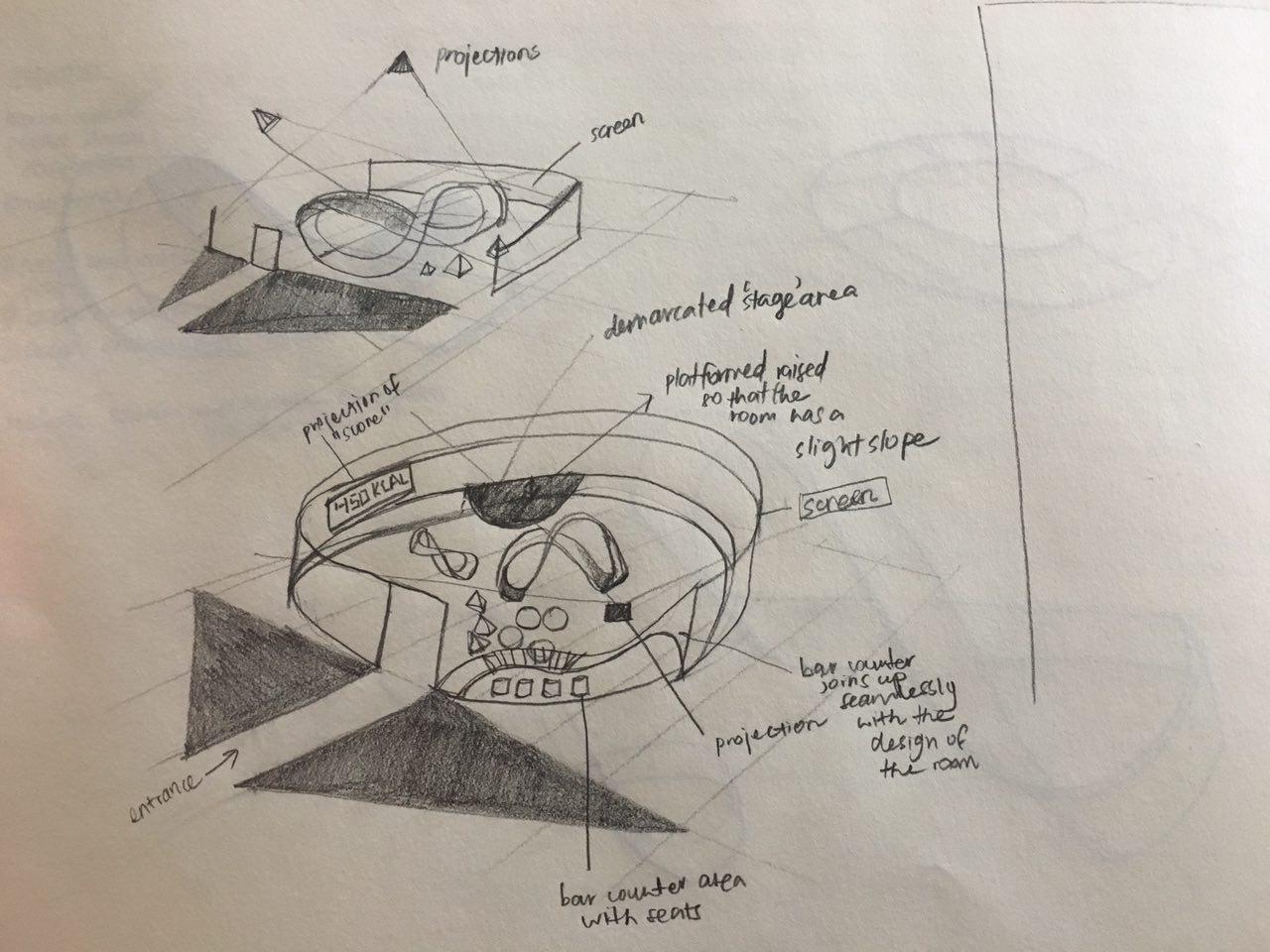
^ On mobius strips
Experimental models of mock ups – using paper. From the mock ups I played with, I realised that mobius strip furniture idea can be explored further.
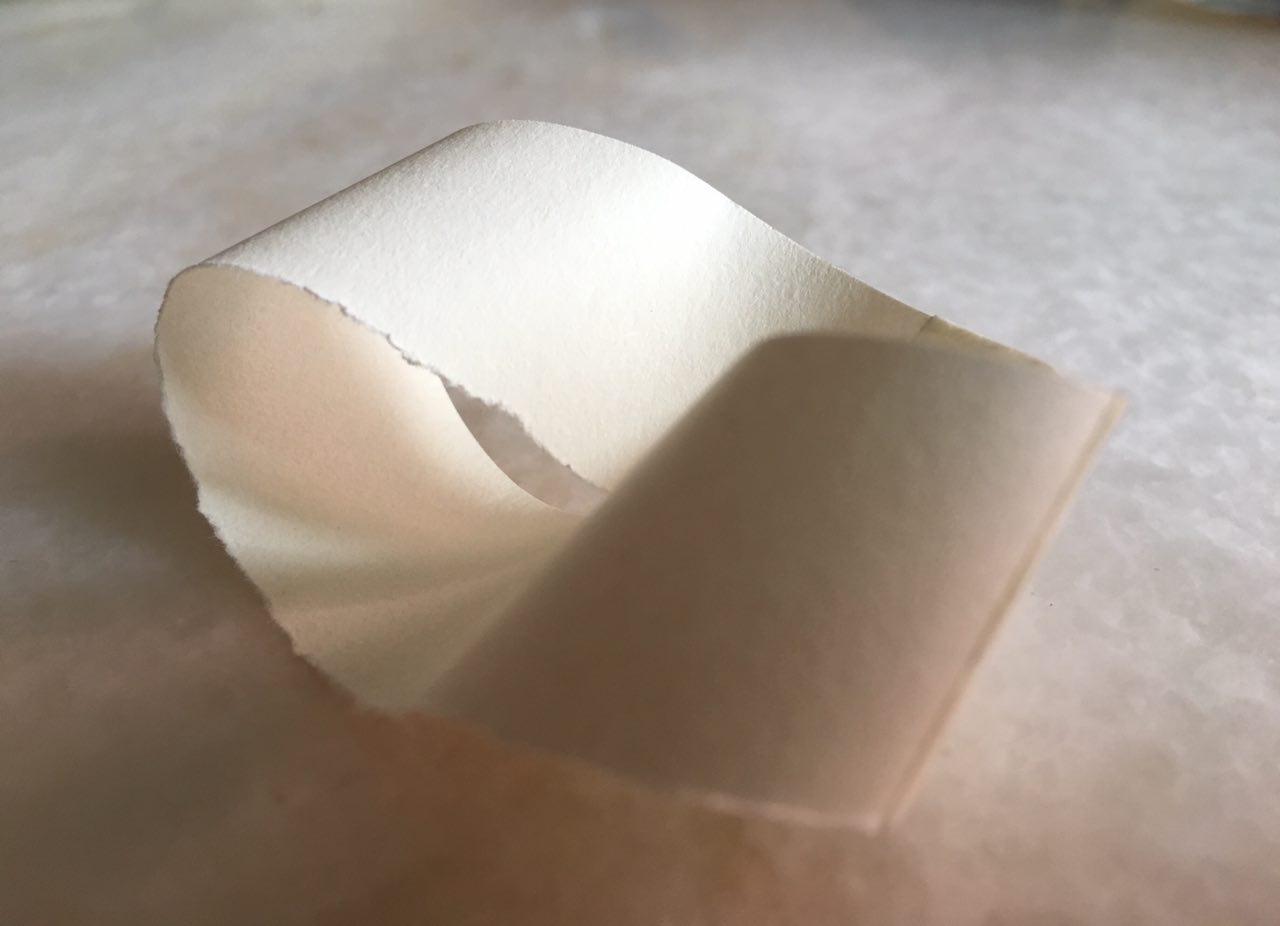
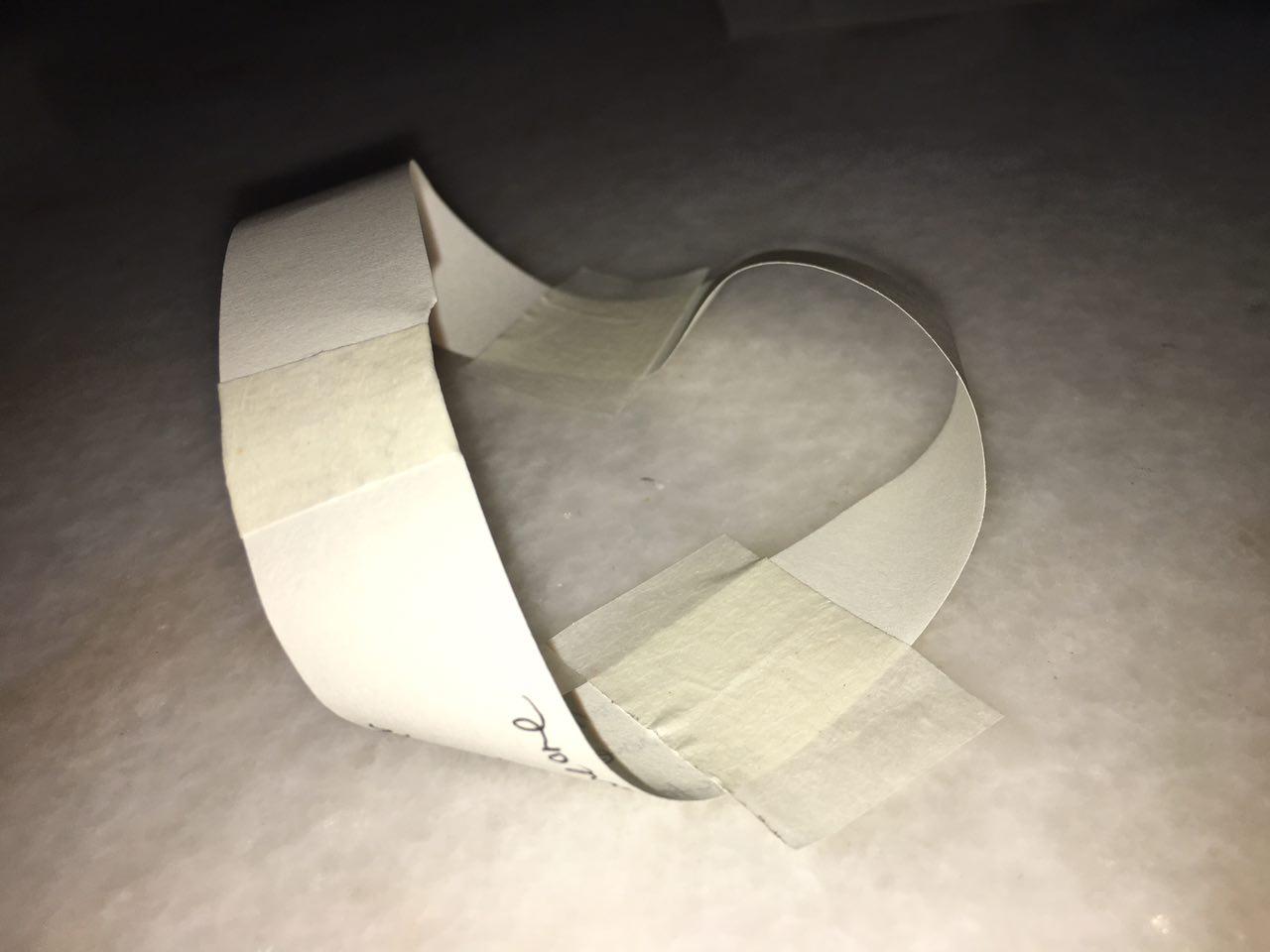
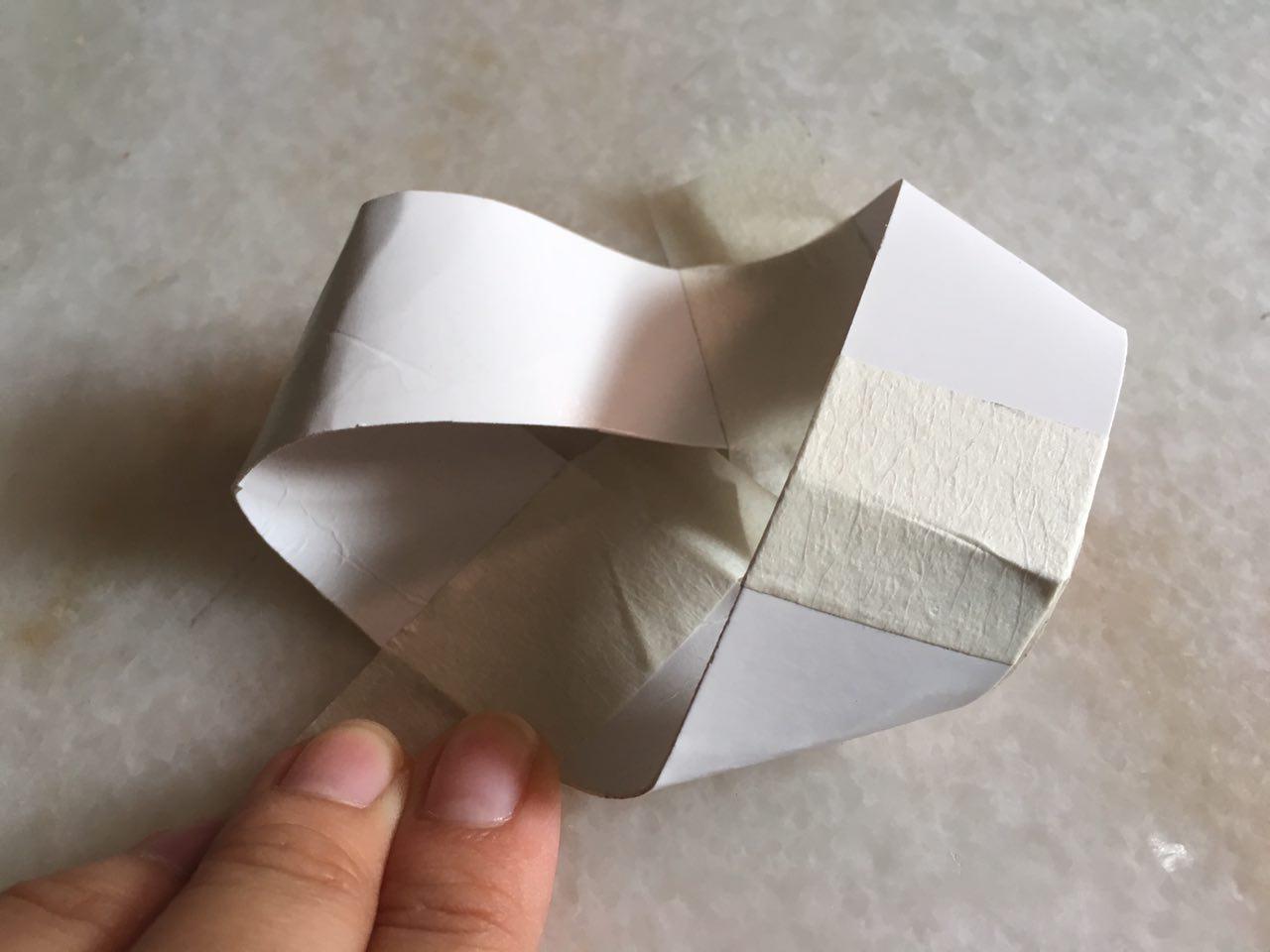
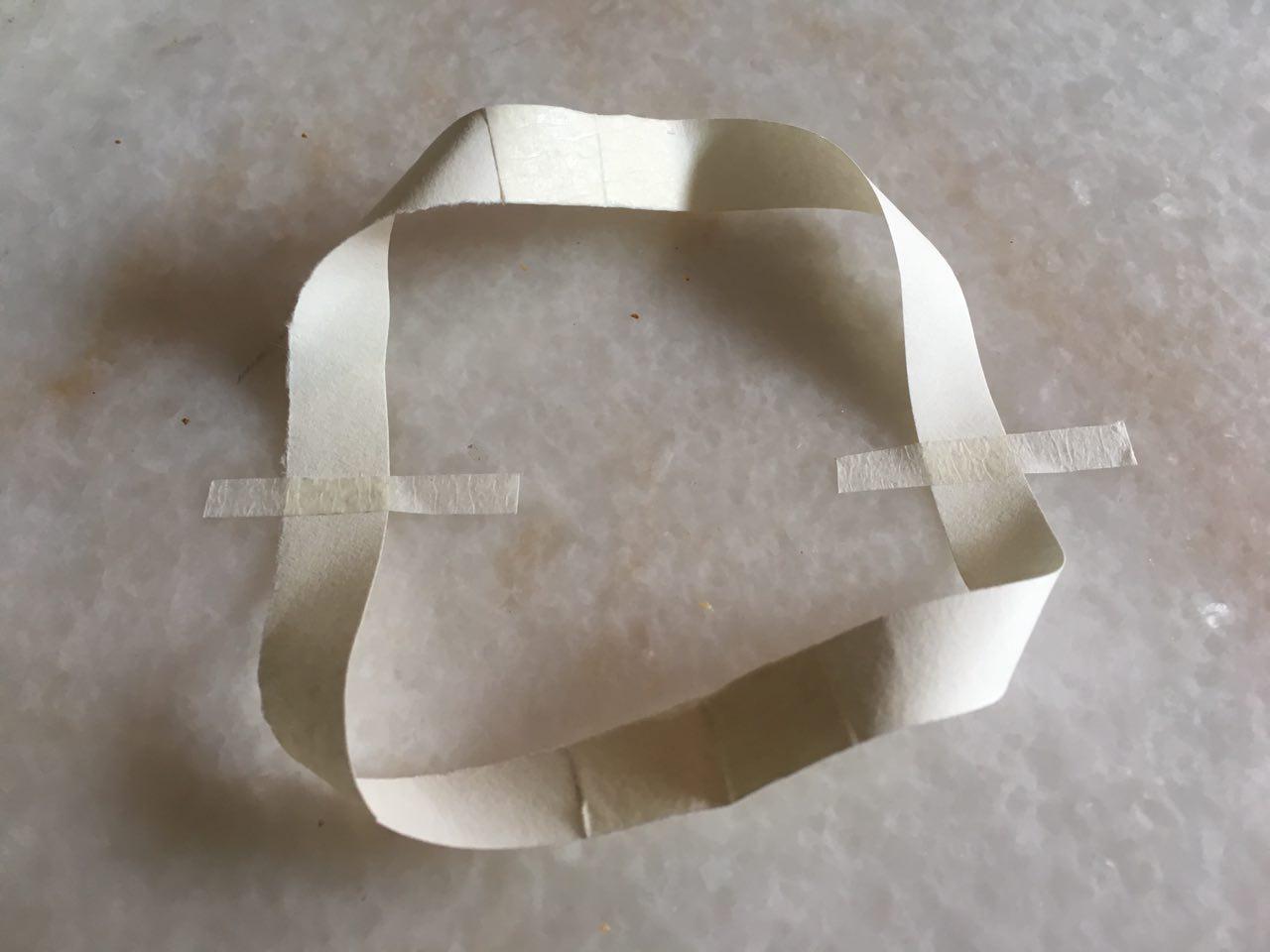
FOUR.
Booth: I’ve considered 2 options to give the industry reviewers a droplet of the full experience.
Option 1 (Crazy)
Option 2 (Less crazy)
Peer, please advise me in this. If option 2 is approved, I can find collaboration with others (IM/engineering) to make the interactive projections and motion sensors, because I should focus on the screen, space and furniture.
Just some thoughts in sketches.

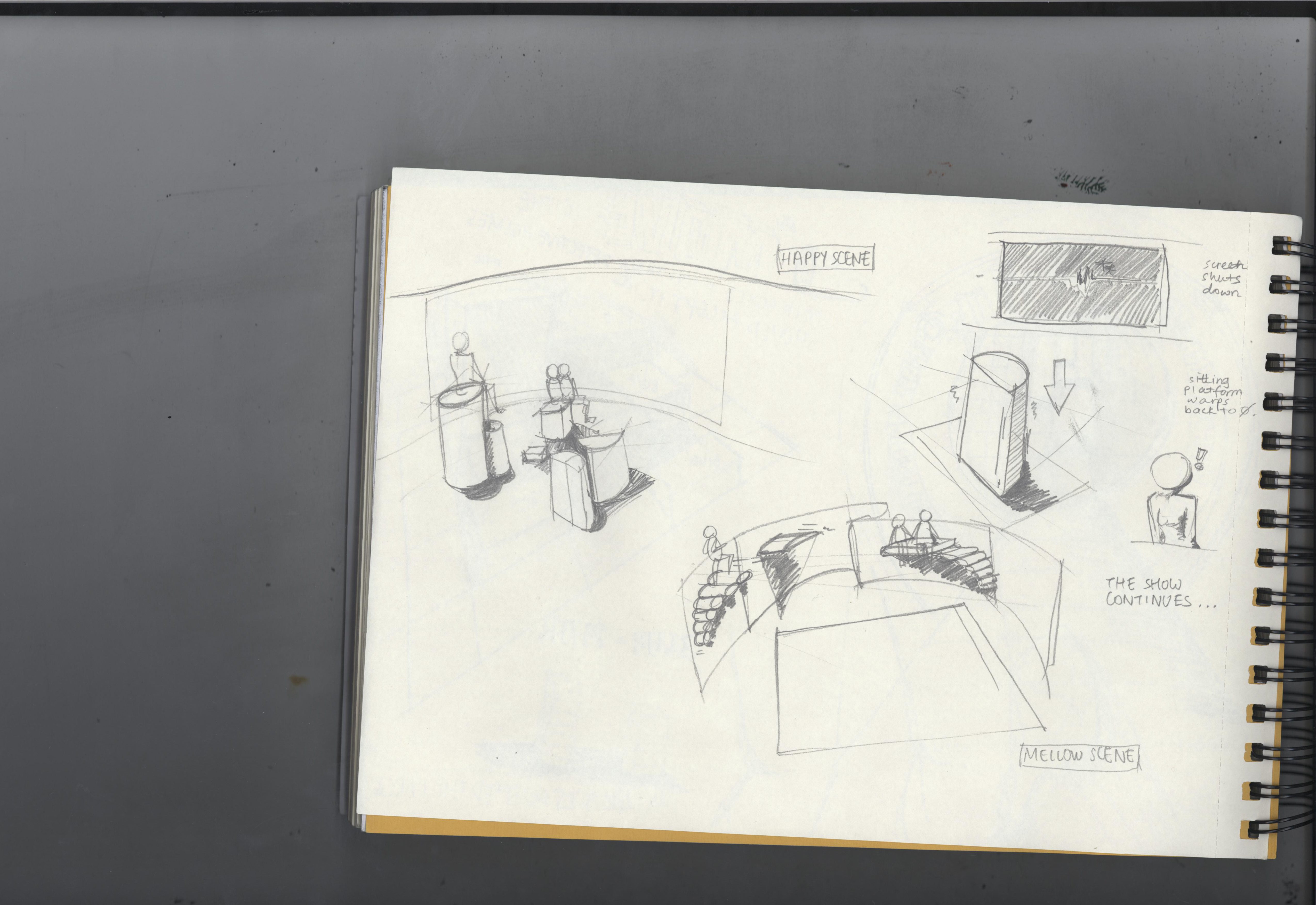
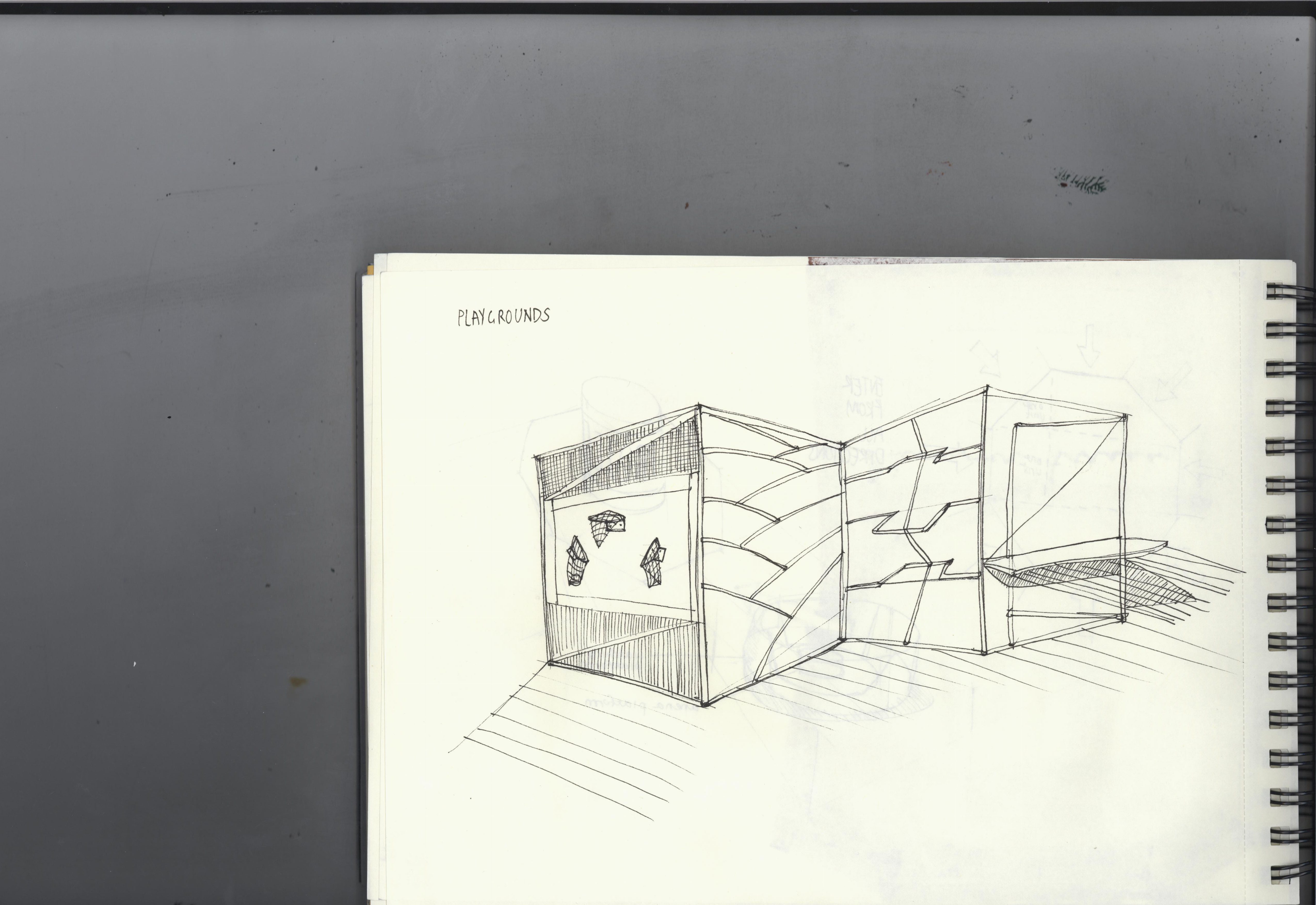
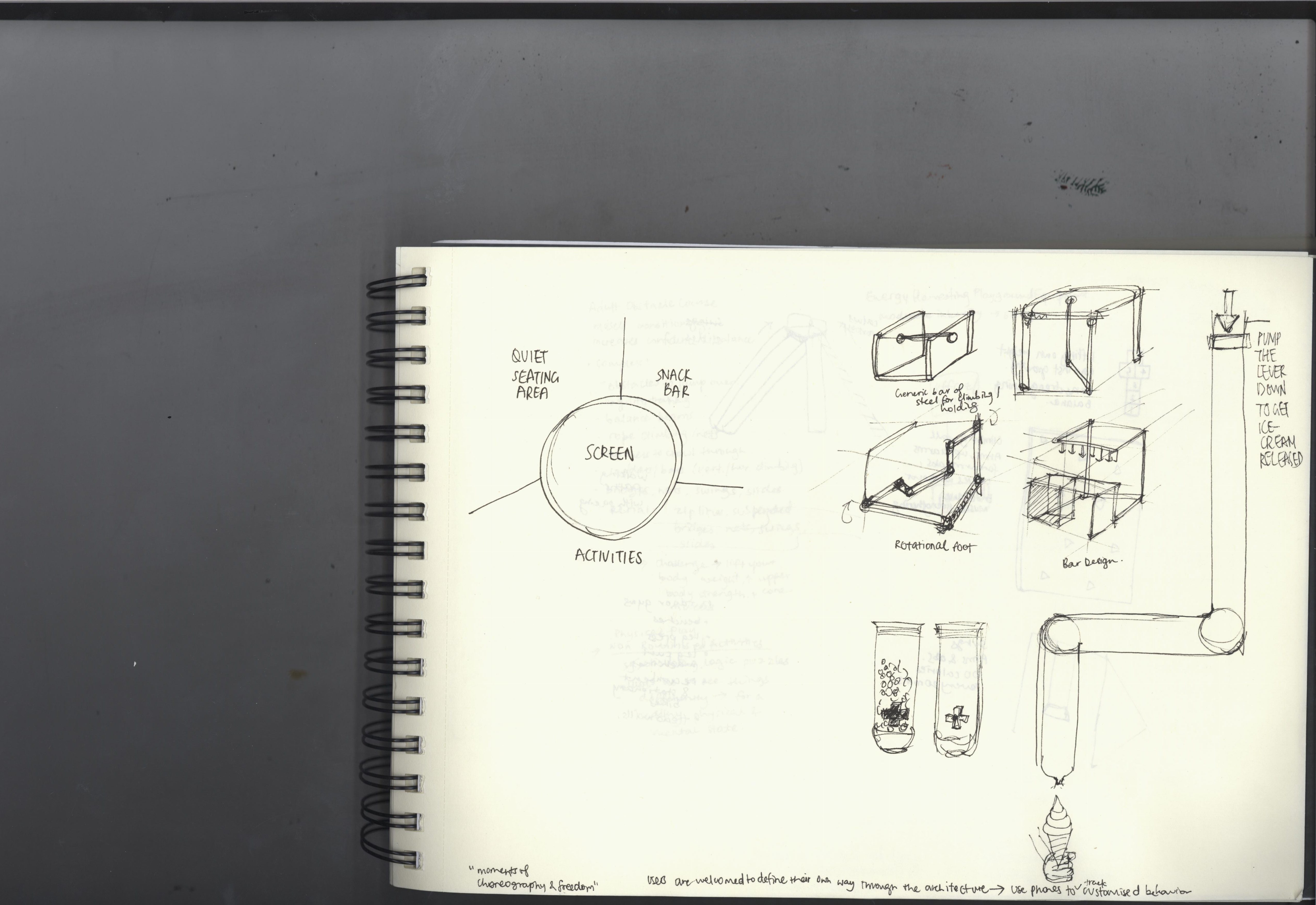
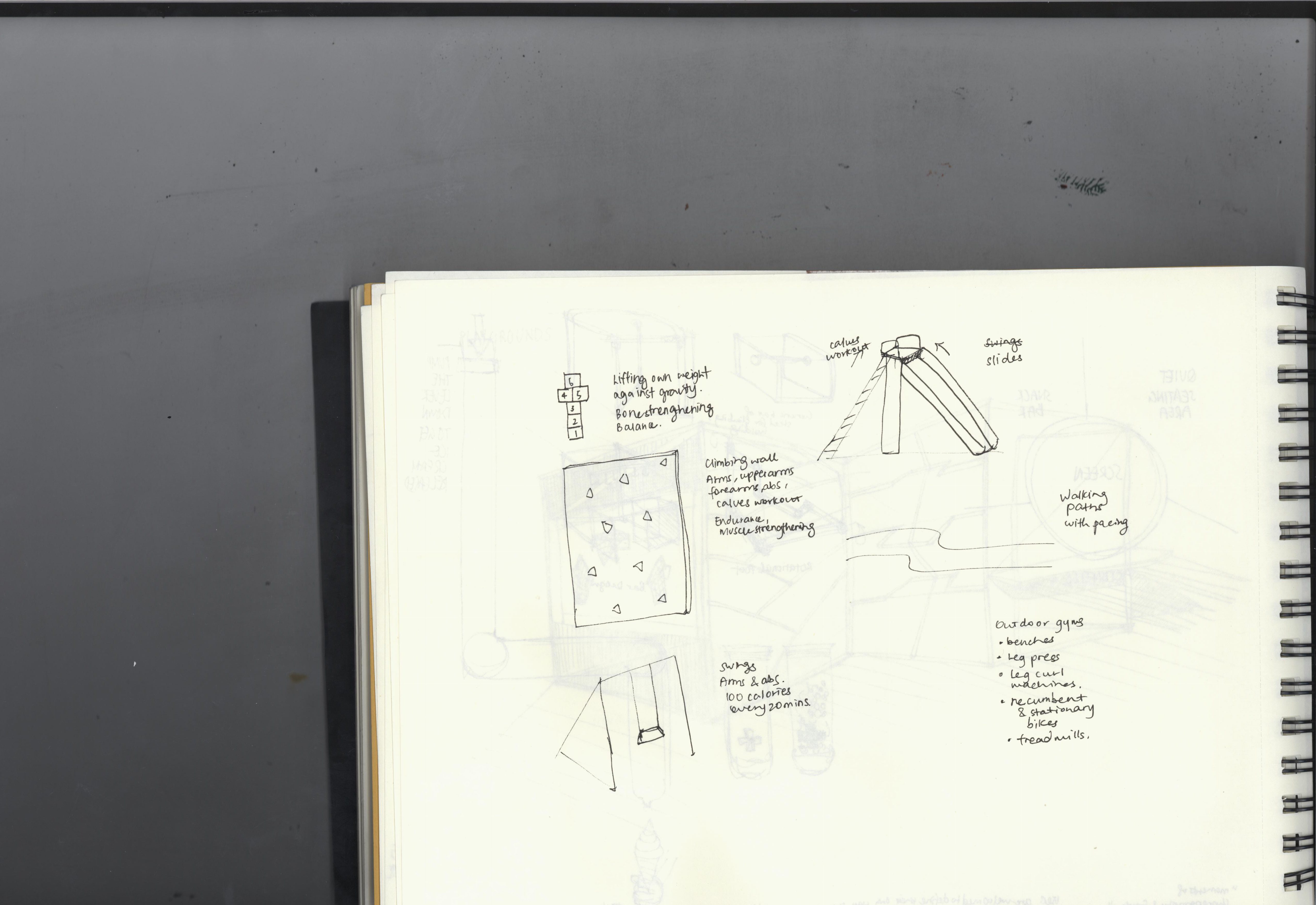

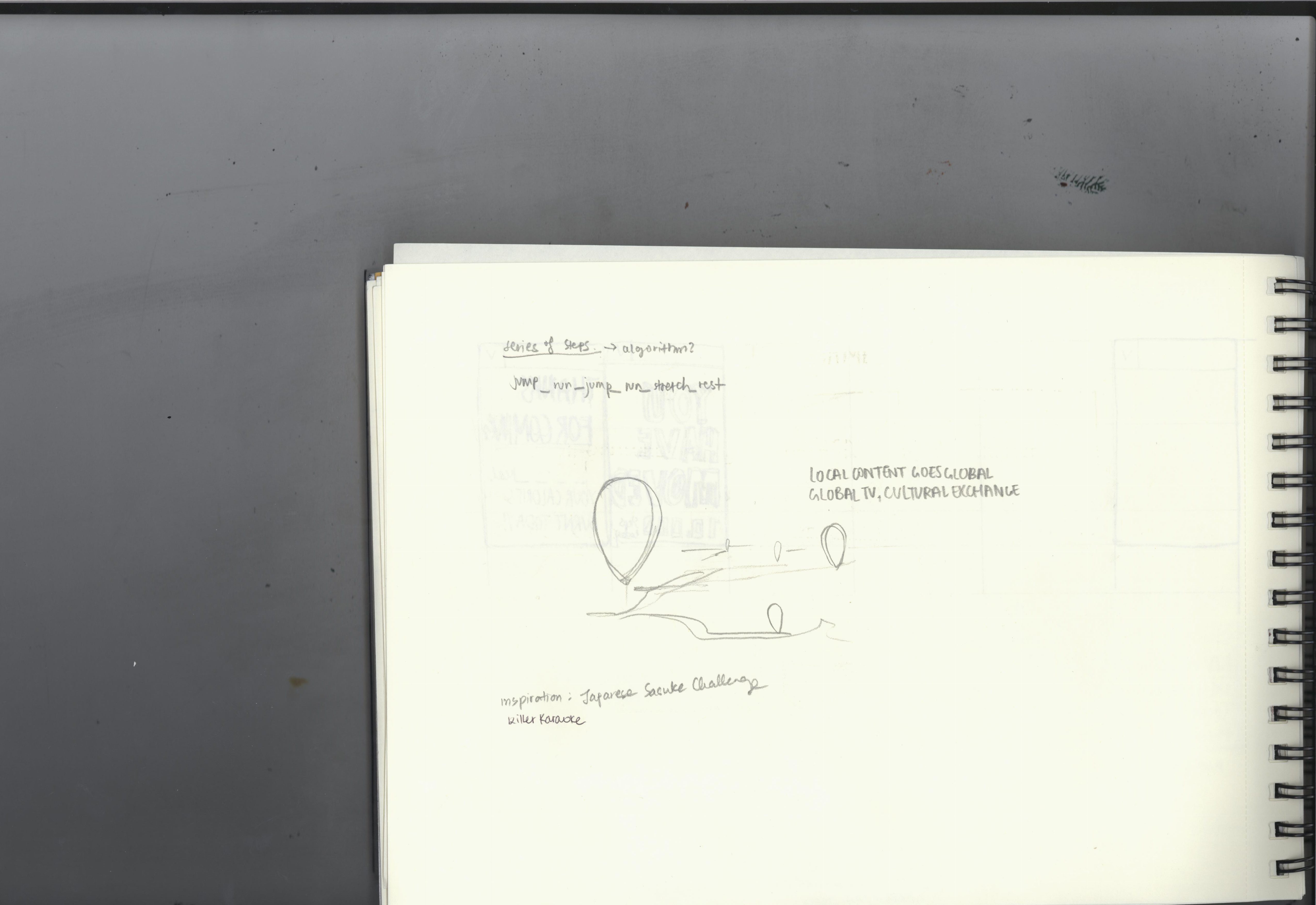
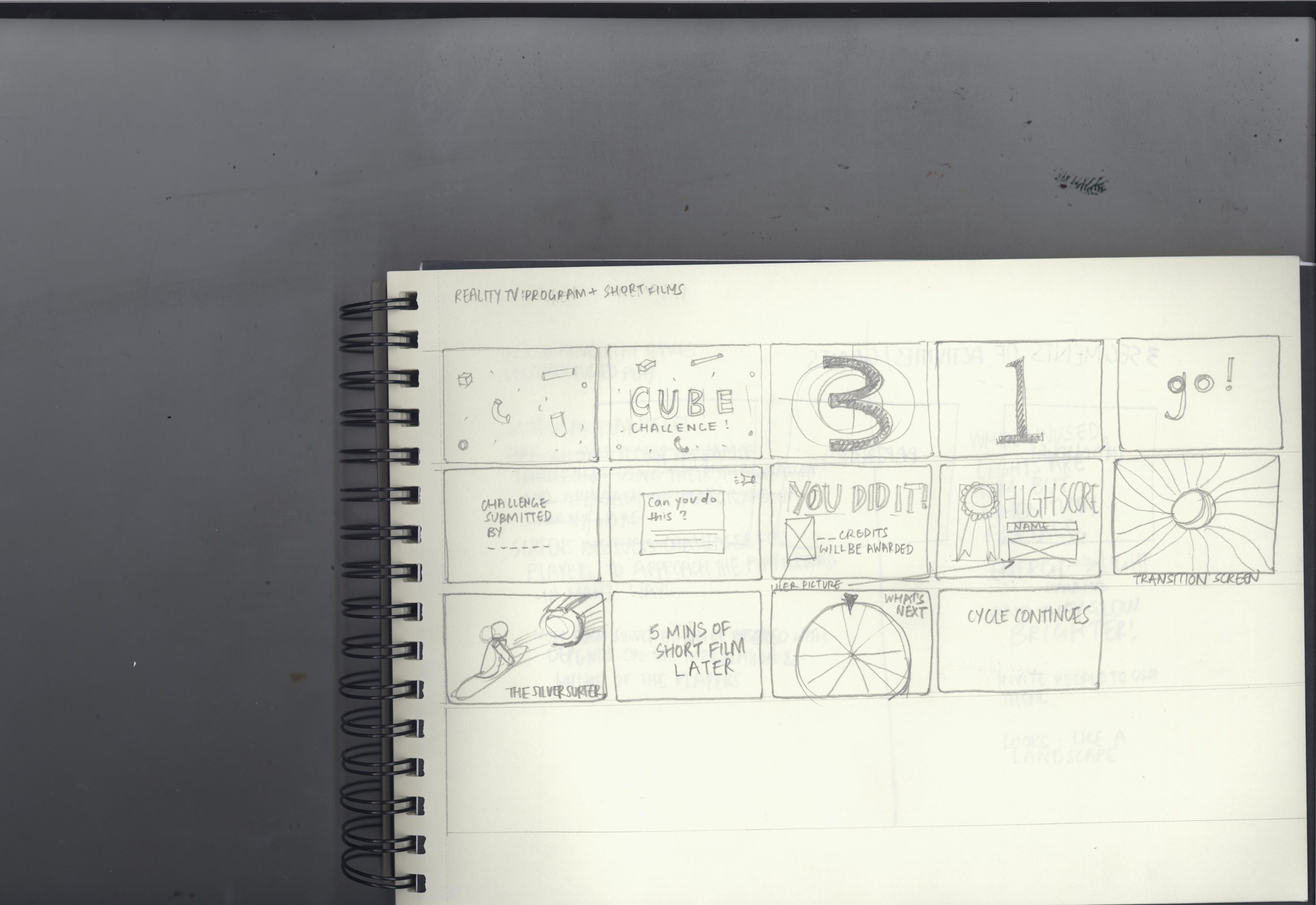
Currently I am working on the form of the playscape.
Comments from lecturers
• Netflix might have copyright issues with me using their assets as part of my FYP, thus might be a problem when I put this project in my portfolio. Since there is a Singapore Netflix office he suggested for me to pitch it to Netflix. However, seems supportive of me combining two types of service – online shopping and physical store.
• Should the design show close connection with the brand? How will the physical aspect of my project look like > Is it meant to release stress?